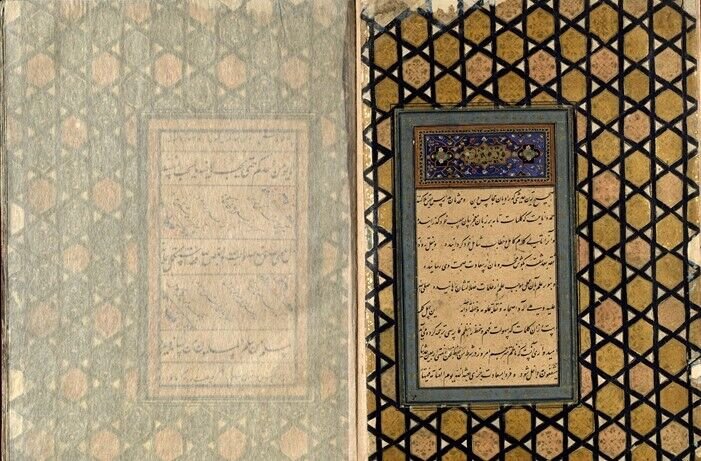26,000 manuscripts digitalized in Tehran palace

TEHRAN – Over 26,000 historical manuscripts, dating back to the Qajar (1789-1925) and Pahlavi (1925-1979) eras, have been digitized at the UNESCO-registered Golestan Palace in downtown Tehran, where the documents are being kept.
By digitizing such exquisite manuscripts, researchers will have easier access to them as authentic resources, Afarin Emami, the director of the World Heritage site, announced on Tuesday.
Moreover, she noted many objects being kept as the treasure troves of the palace have been either reorganized or restored over the past years.
A destination for domestic and international travelers, Golestan Palace is located in the heart and historic core of Tehran. The palace complex is one of the oldest in the Iranian capital, originally built during the Safavid dynasty (1501–1736) in the historic walled city.
Following extensions and additions, it received its most characteristic features in the 19th century, when the palace complex was selected as the royal residence and seat of power by the Qajar ruling family (1789-1925). At present, the Golestan Palace complex consists of eight key palace structures mostly used as museums and the eponymous gardens, a green shared center of the complex, surrounded by an outer wall with gates.
UNESCO has it that the complex exemplifies architectural and artistic achievements of the Qajar era including the introduction of European motifs and styles into Persian arts.
ABU/AFM
